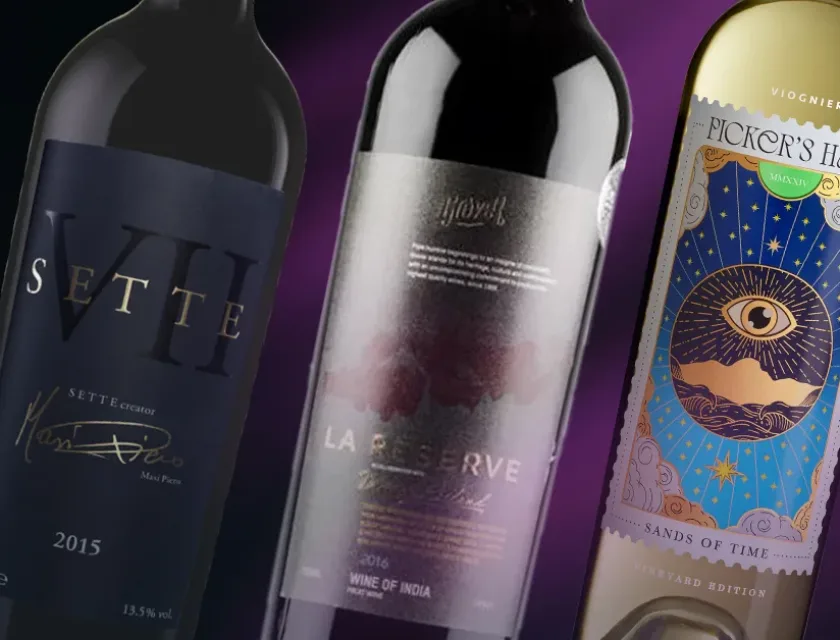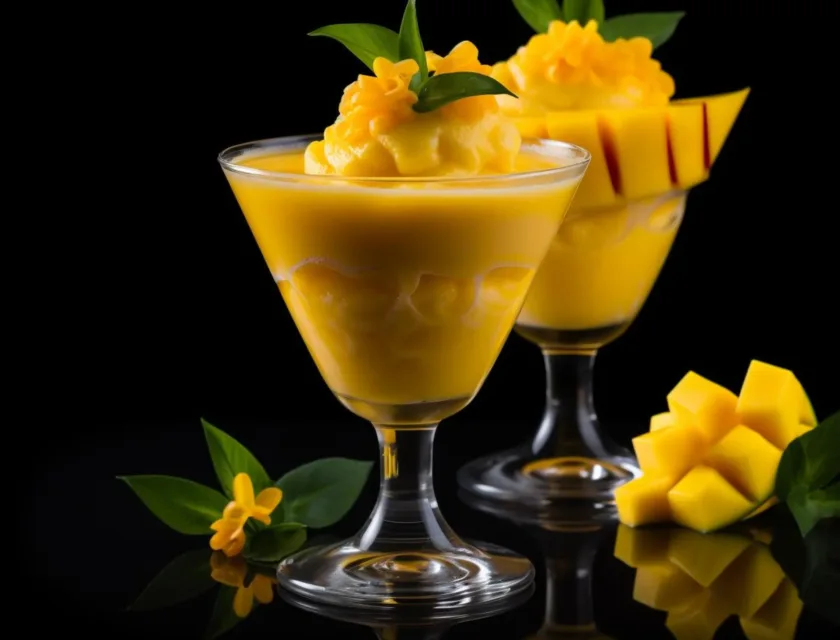Sake is a fascinating and diverse drink that challenges your perceptions and urges you to step out of your comfort zone- something you’ll love if you have an adventurous palate. With a strong and indelible connection to Japan’s culture and history, sake is much more than just a beverage—it’s an invitation to experience tradition and craftsmanship. Whether you enjoy delicate floral notes, bold umami flavours, or a crisp and clean profile, sake truly has something for everyone. But how do you choose the right one, and what’s the best way to enjoy sake? This guide will help you confidently navigate the world of sake, from understanding different styles to choosing the ideal bottle and glass for your first pour. It also includes tips on how to host a sake night.
Table of Contents
ToggleWhat is Sake?
Sake is a traditional Japanese alcoholic beverage made from just four ingredients: fermented rice, water, yeast, and koji mould. It differs from other alcoholic drinks like wine or beer in that it undergoes a multiple parallel fermentation process, giving it a smooth texture and layered complexity.
Unlike wine, which comes from fermented grapes, or beer, which is brewed with barley and hops, sake has a flavour profile that can range from fruity and floral to earthy and savoury, depending on the style and brewing method.
Here are the main categories you’ll come across:
- Junmai (pure rice sake) – Rich and full-bodied, made with only rice, water, and koji.
- Honjozo – Lighter style, with a small amount of distilled alcohol added to enhance aroma.
- Ginjo & Daiginjo – Premium and super-premium styles, often fruity, aromatic, and refined.
- Nigori (cloudy sake) – Unfiltered or coarsely filtered, sweet and creamy with rice sediments.
- Futsu-shu (table sake) – Everyday drinking sake, affordable and casual.
Also Read: Sparkling Wines To Try This Summer
How to Choose the Right Sake
As a first-time sake drinker, it’s best to start with a sake that’s well-balanced, approachable, and expressive. Here are three award-winning options perfect for beginners:
Nanbubijin Tokubetsu Junmai

With a legacy that spans beyond a century, Nanbu Bijin aspires to keep making sake with the spirit to discover new things by studying the past through scrutiny of the old. This Junmai sake opens with a delicate bouquet of aromas with subtle floral notes and a hint of marshmallow sweetness. The velvety texture caresses the palate gently and leads it to a savoury umami presence. It is dry, with medium weight, and lingers long on the finish, leaving a refreshing and refined aftertaste that invites yet another sip. Its velvety texture and subtle umami complement the smoky flavours of paneer tikka and the earthy richness of arbi masala. A hint of sweetness in the sake also allows it to enhance the creamy richness of butter chicken, while its refreshing finish tempers the tangy spice of a traditional fish curry. Perfectly balanced and easy to love, it’s great for those new to sake.
Price: ₹6,675
Auspicious Blue Ocean

This exquisite Daiginjo sake from Tottori Prefecture is not just a drink, but an embodiment of good fortune and boundless prosperity. This daiginjo sake opens with an inviting bouquet of green apples, ripe strawberries, and pears, mingling with subtle hints of lemongrass and the playful sweetness of cotton candy. On the palate, it orchestrates a delicate medley of these fruity notes, underscored by a refreshing crispness that lingers softly. The sake’s purity and elegance are accentuated by a clean, smooth finish. Auspicious Blue Ocean pairs wonderfully with dishes that can complement their delicate flavour profile. A Great pairing is with murg malai tikka- the tender, spiced chicken pieces are elevated by the sake’s crisp, fruity finish. You can also pair it with a Goan fish curry, where the tangy, spicy curry harmonises with the sake’s refreshing taste. Vegetarians can try it with paneer butter masala as its creamy, rich sauce is balanced beautifully by the sake’s refreshing notes.
Importer: Flipsydee
Price: ₹7,505
Snow Ocean
Crafted in the snowy regions of Niigata, Snow Ocean Futsushu sake reflects the pristine clarity of its origin. It opens with delicate aromas of steamed rice, light melon, and a hint of white pepper. The palate is clean and subtly savoury, with soft umami tones and a whisper of sweetness that rounds out its medium-bodied structure. Its simplicity and approachability make it ideal for casual drinking, offering an easygoing character with a smooth, dry finish that refreshes the senses. Snow Ocean’s versatile profile makes it a great companion for dishes like jeera aloo or a comforting bowl of vegetable pulao. You can also pair it with chicken stew or lightly spiced fish fry—the sake’s crisp finish cuts through the richness and balances the spice. Snow Ocean is a fuss-free, food-friendly option that proves great taste doesn’t always have to be complicated.
Importer: URSA
Price: ₹2994
Also Read: 3 Amazing Vermouth-Based Cocktails You Can Make At Home
How To Enjoy Sake
Here are five tips on how to pour and serve sake with proper etiquette and flair:
Serve at the Right Temperature
Sake can be enjoyed chilled, at room temperature, or warm. Here’s a quick guide:
- Chilled (5-10°C): Best for aromatic, fruity sakes like Snow Ocean and Nanbubijin. It highlights bright acidity and floral notes.
- Room Temperature (15-25°C): Great for balanced sakes like Winter Cherry. It brings out richness and umami.
- Warm (40-50°C): Ideal for full-bodied Junmai sakes. Heating softens sharp edges and adds comfort.
Choose the Right Glassware
While traditional ochoko (small cups) are common, wine glasses work well for aromatic sakes. The broader rim of a wine glass helps you appreciate the sake’s nuanced bouquet.
Use a Tokkuri for Pouring
Serve sake from a tokkuri (ceramic carafe) for a classic presentation. Gently warm or chill the tokkuri depending on the sake’s ideal serving temperature.
Never Pour for Yourself
In Japanese culture, it’s polite to pour for others and allow them to pour for you. Always hold the tokkuri with both hands when serving as a sign of respect.
Sip, Don’t Shoot
Sake is meant to be savoured, not knocked back like a shot. Take small sips to enjoy its texture, flavours, and finish, especially when pairing with food.
Looking for more such wines, spirits and sake recommendations? Click here and check out the blogs on the India Wines And Spirits Award website.


